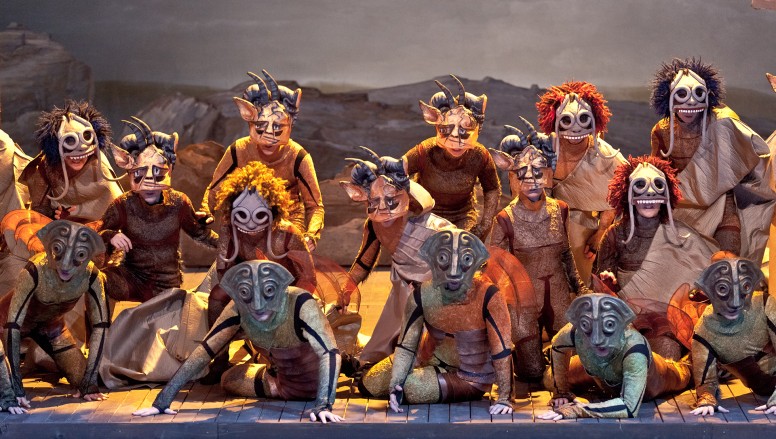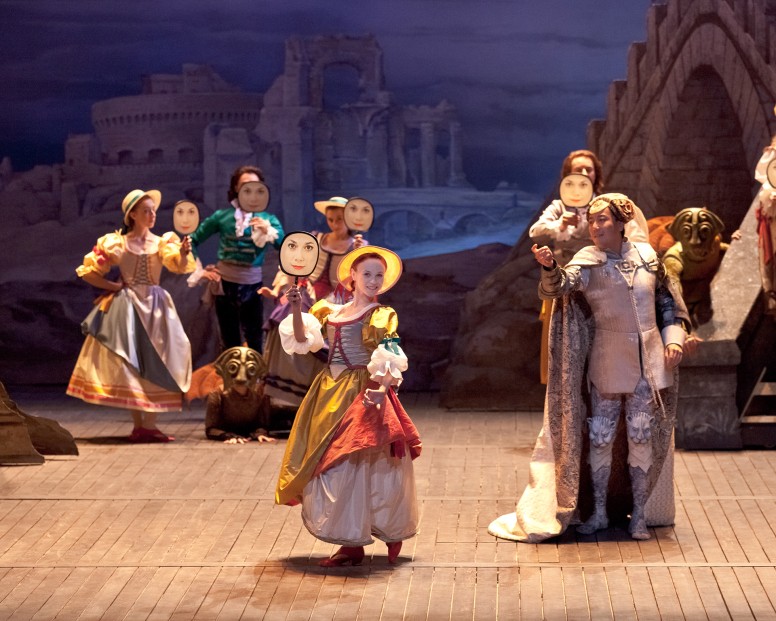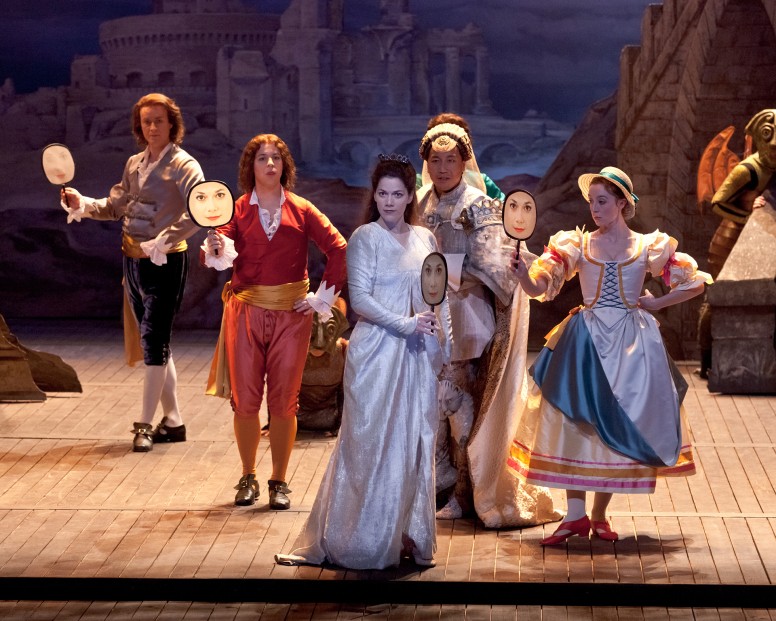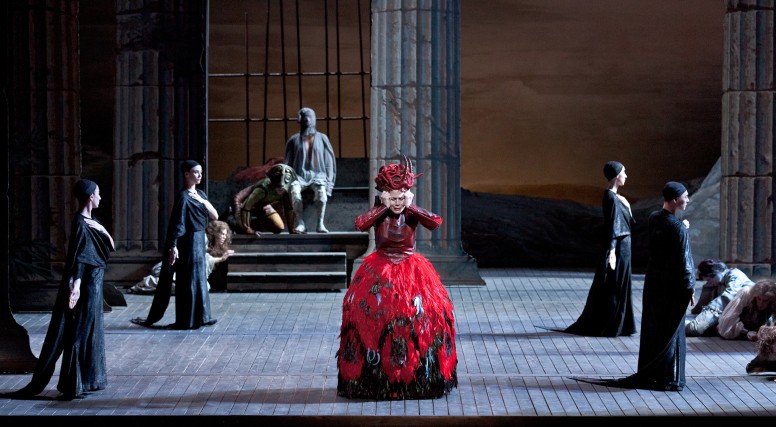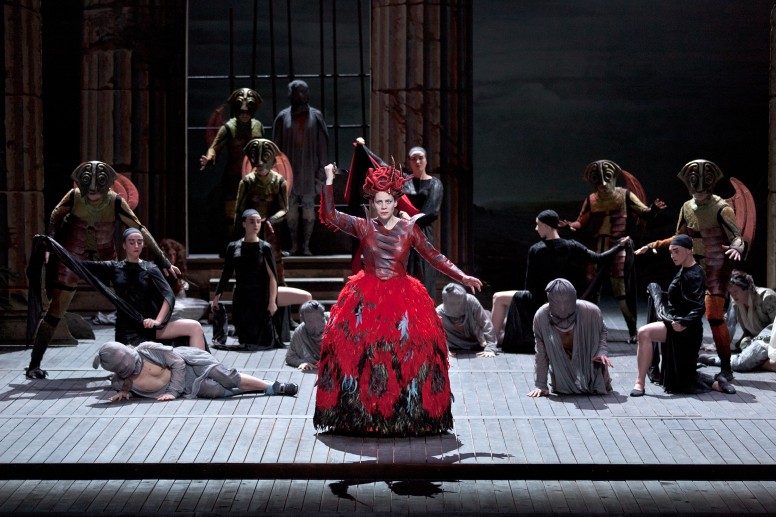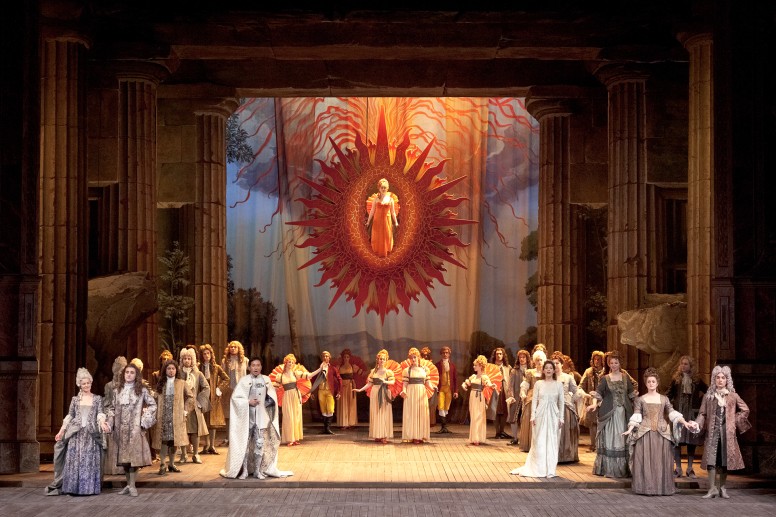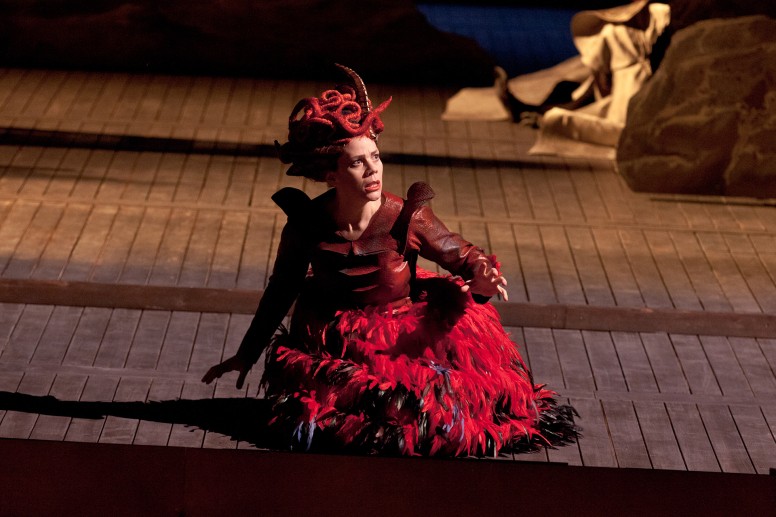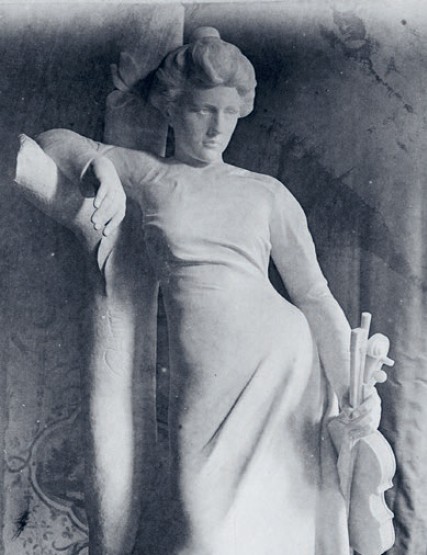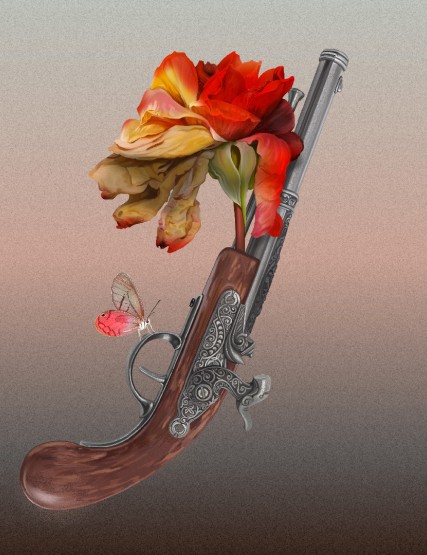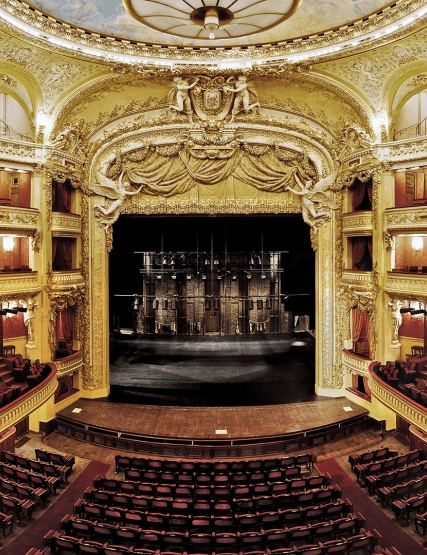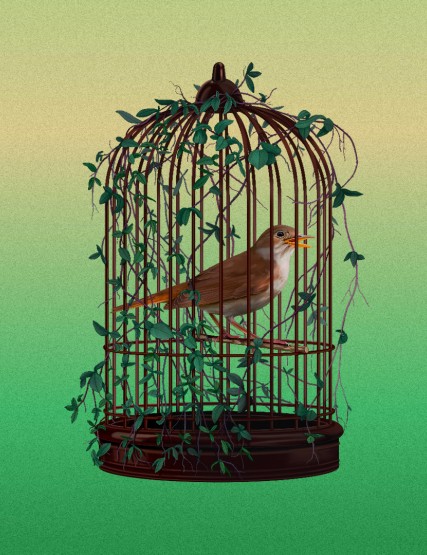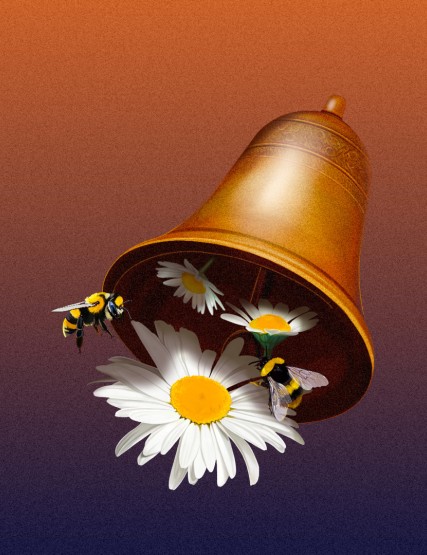Tragédie lyrique in 3 acts by Johann Christian Bach. Libretto by Alphonse de Vismes after Philippe Quinault. Premiered at the Académie royale de musique on 15 December 1779.
Presentation of the work by Agnès Terrier 40 minutes prior to each performance
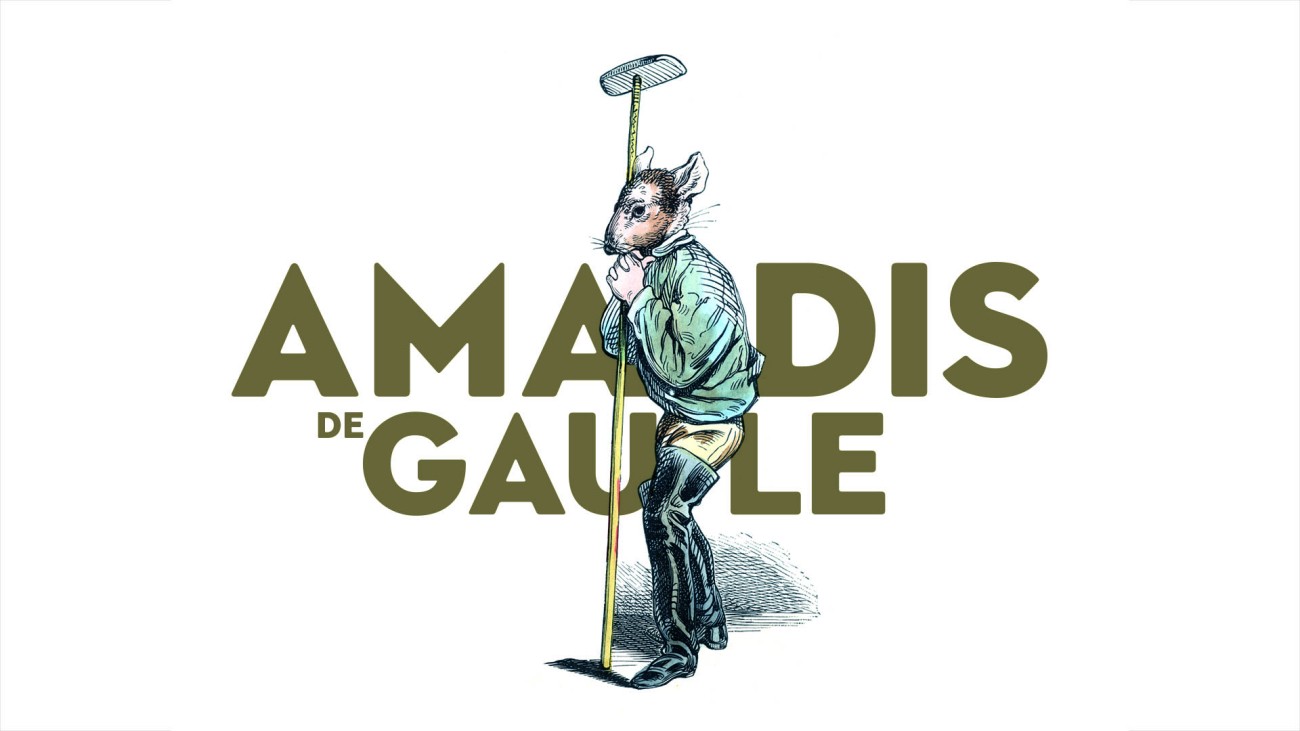
First performed in 1779 and not revived in France ever since, Amadis de Gaule is the sole French work by the member of the Bach family taught in the Italian school. Very active on the London music scene since 1762 and in contact with the court of Mannheim, the home of symphony, this European figure was Handel’s successor and a forerunner of Mozart. Reinterpreted by the spirit of Enlightenment, the fate of knight-errant Amadis takes on pre-Romantic colors. This paragon of fidelity and chivalrous courage finds out that awaking humaneness in hearts driven by hatred or resignation is more glorious than vanquishing blind revenge in the clash of arms. Period instruments, prints, historically informed dramatic acting and choreography will contribute to the major rediscovery of our repertoire by Marcel Bozonnet and Jérémie Rhorer with his Cercle de l’Harmonie.
Act I
In a gloomy forest Arcabonne the enchantress is lamenting. She's unwillingly fallen in love with an unknown knight who saved her life. Her brother, Arcalaüs the magician, blames her for forgetting the only passion she should indulge in: hatred. They both have to avenge the death of their brother Ardan caused by Amadis the paladin. They decide to also attack Oriane, the princess loved by Amadis. After having magically brought about disaccord between them, Arcalaüs calls for the Demons of the underworld to ensnare them. Torn by inexplicable dissensions, Amadis and Oriane are separated by the magic spell and Oriane is abducted by the magicians. Flying to the rescue of Oriane and other captives of the evil couple, Amadis confronts Arcalaüs and an army of Spirits. His bravery is about to prevail when he is captivated by an enchantment scene. He surrenders without a fight.
Act II
Arcabonne arranges the ordeal of her captives to be crowned by Amadis's death. She conjures the manes of her brother Ardan. But the shadow of the deceased warns her that she is going to betray him and join him in the underworld. Troubled Arcabonne realizes the threat when she recognizes her unknown savior in enchained Amadis. Gratefulness prevails: she sets him free and grants him the release of all the prisoners.
Act III
To her brother who revels in Oriane's agony, Arcabonne first acknowledges her weakness. Then Arcalaüs's anger and her own jealousy prompt her to wish for the death of the two lovers. In irons, Oriane is all the more hopeless as she still believes in Amadis's fickleness. Arcalaüs stirs up her heartache but fails to weaken her admiration for the hero. He attempts to disabuse her by showing her Amadis's corpse but Oriane's love rises anew instead: she wishes to die. Amadis and Oriane are actually only asleep but defenseless. Then appears Urgande the protective fairy. While Arcalaüs runs away in a burst of rage, Arcabonne gives herself up to the underworld. Urgande revives Amadis and Oriane who regain their initial feelings. She marries them and restores Amadis in his noble mission of paladin: fight against injustice and for freedom.
Music direction, Jérémie Rhorer • Staging, Marcel Bozonnet • With Philippe Do, Hélène Guilmette, Allyson McHardy, Franco Pomponi, Julie Fuchs, Alix Le Saux, Peter Martinčič, Ana Dežman, Martin Sušnik • Compagnie de danse, Les Cavatines
Les Chantres du Centre de musique baroque de Versailles • Le Cercle de l’Harmonie
Monday, January 2, 2012 - 8:00pm
Wednesday, January 4, 2012 - 8:00pm
Friday, January 6, 2012 - 8:00pm
Sunday, January 8, 2012 - 3:00pm
Salle Favart
115, 95, 70, 40, 15, 6 €
Cast



















Compagnie de danse Les Cavatines
Les Chantres du Centre de musique baroque de Versailles
Le Cercle de l’Harmonie
Production, Opéra Comique
Co-production, SNG Opera in balet Ljubljana, Slovénie, Centre de Musique Baroque de Versailles, Palazzetto Bru Zane – Centre de musique romantique française, Château de Versailles Spectacles
Partnership









